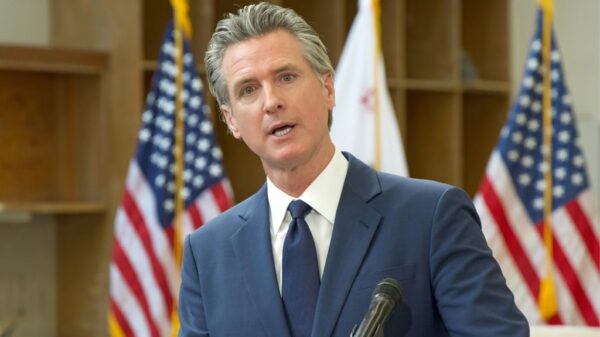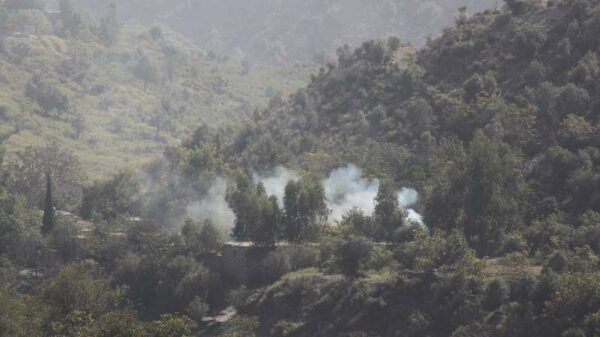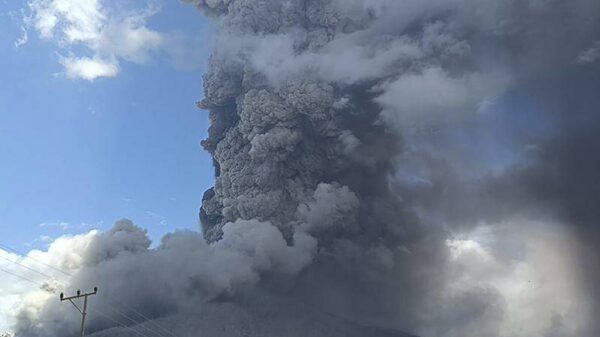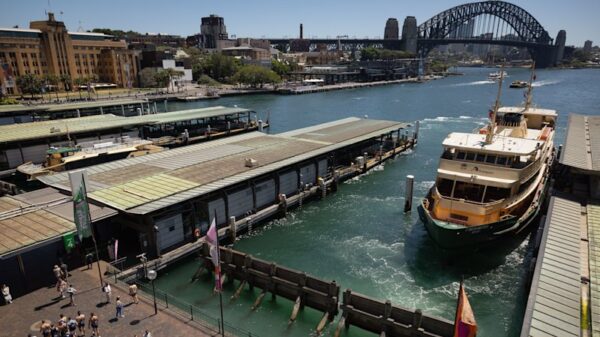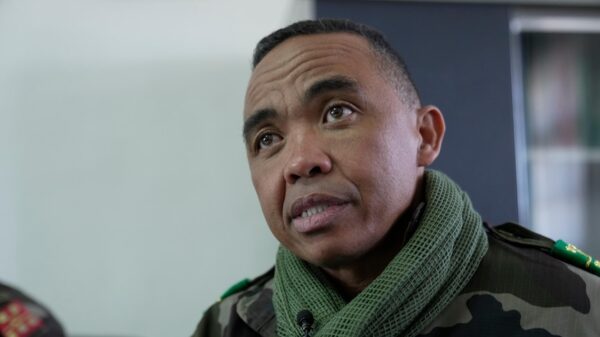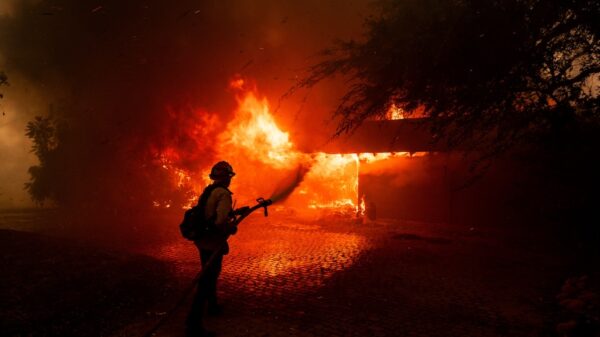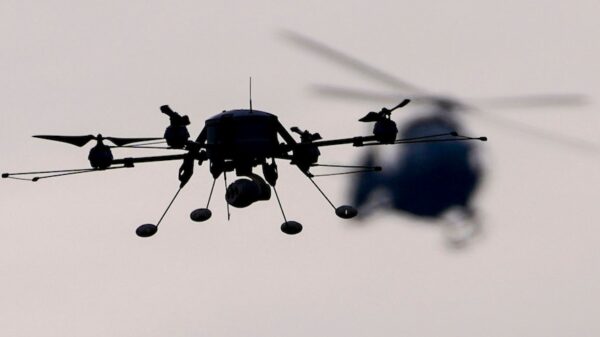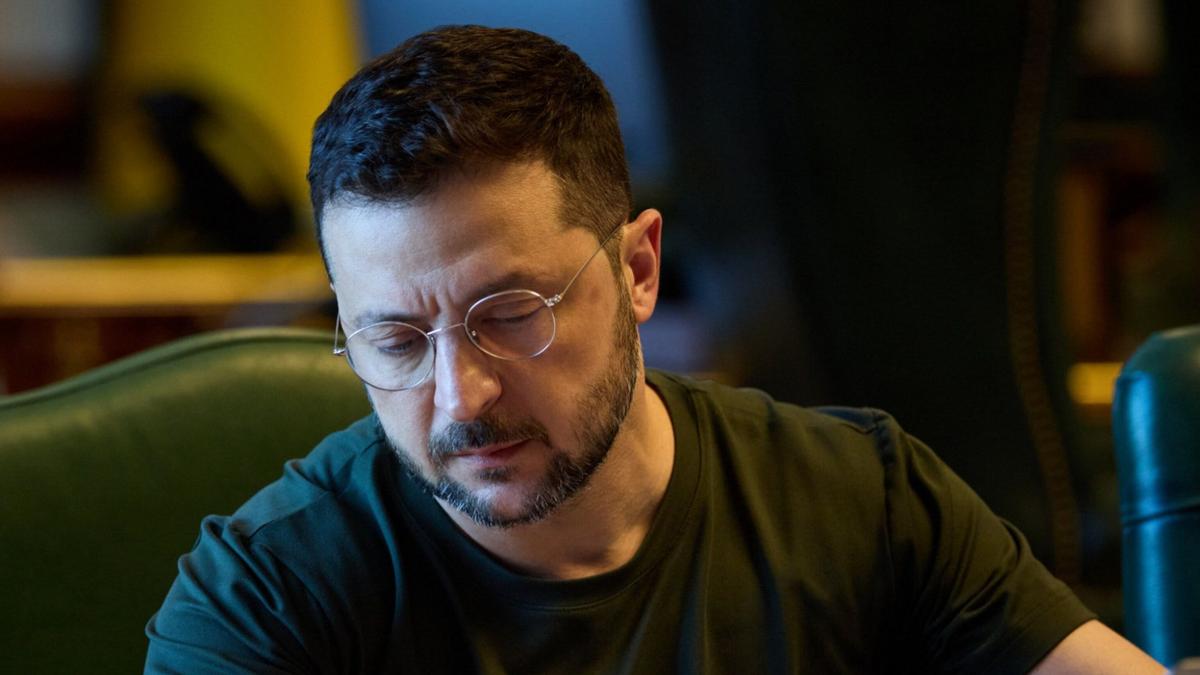Ukrainian President Volodymyr Zelenskyy is set to meet with US President Donald Trump in Washington on March 11, 2024. This meeting follows a summit between Trump and Russian President Vladimir Putin in Alaska, which concluded without a significant agreement to end the ongoing war in Ukraine. Zelenskyy characterized his conversation with Trump as “long and substantive,” indicating a pressing need to address the conflict.
During a call with Trump, which also included discussions with European leaders, Zelenskyy emphasized the necessity of European involvement in securing long-term stability for Ukraine. He stated, “It is important that Europeans are involved at every stage to ensure reliable security guarantees together with America.” The importance of collaborative international support was a central theme in their discussions.
Trump’s summit with Putin, held at Joint Base Elmendorf-Richardson, did not yield tangible solutions to the conflict, which has persisted since Russia’s invasion in February 2022. Following the meeting, Trump expressed through his Truth Social platform that the best path forward involved directly negotiating a peace agreement rather than seeking a temporary ceasefire. He remarked, “It was determined by all that the best way to end the horrific war between Russia and Ukraine is to go directly to a peace agreement, which would end the war, and not a mere ceasefire agreement, which oftentimes do not hold up.”
Despite Trump’s optimistic framing, he also noted, “there’s no deal until there’s a deal,” implying that further negotiations are necessary. Putin claimed that both leaders had reached an understanding regarding Ukraine, but the lack of concrete outcomes raised concerns.
Zelenskyy reported that his one-on-one discussion with Trump lasted approximately an hour and a half. They were later joined by leaders from Germany, France, the UK, Italy, Finland, Poland, and the European Commission. In a public statement, European leaders reaffirmed their commitment to supporting Ukraine and insisted that decisions regarding its territory should remain in Ukrainian hands. They stated, “International borders must not be changed by force.”
In the backdrop of these diplomatic efforts, Russian military actions in Ukraine continued, with reports of a ballistic missile strike and drone attacks targeting various regions, including Sumy and Dnipropetrovsk. Ukraine’s Air Force confirmed that of the 85 drones deployed, 61 were intercepted.
Analysis of the summit indicates differing priorities for the involved leaders. Trump sought to showcase his diplomatic prowess, while Putin aimed to negotiate terms that would solidify Russia’s territorial gains and counter Ukraine’s aspirations to join NATO. Trump described their discussions as “extremely productive,” although he acknowledged that they did not achieve a breakthrough.
Putin’s presence on US soil for the first time in over a decade was seen as a form of validation for his actions in Ukraine, following years of international isolation. His meeting with Trump, characterized by cordial exchanges, raised concerns among European allies about the potential for the US to prioritize its interests over Ukraine’s security.
Zelenskyy and European leaders have expressed apprehension about Trump’s approach, fearing it may not adequately address the pressing needs of Ukraine amidst ongoing hostilities. The divergent demands of both Russia and Ukraine complicate the prospect of peace, as Putin remains resistant to a temporary ceasefire unless specific conditions are met.
As the situation evolves, the international community watches closely, hoping for a resolution to a conflict that has resulted in significant humanitarian crises and extensive military confrontations. The upcoming meeting between Zelenskyy and Trump will likely focus on how to galvanize support and strategize further actions to bring an end to the war.

